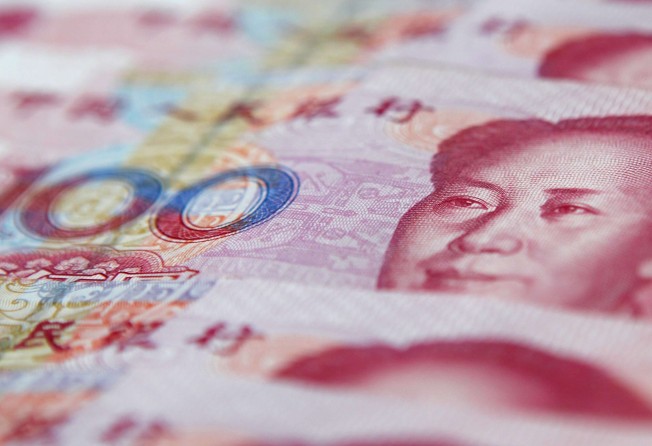Chinese yuan weakens and is headed for a “volatile ride”
The onshore yuan falls 102 basis points for the week.

The Chinese yuan weakened on Friday morning despite the central bank having strengthened the daily fixing two days in a row after the currency hit a three-month low this week.
Onshore yuan in Shanghai traded at 6.5587 to the US dollar at 10.10 am. That is 0.07 per cent, or 47 basis points, weaker compared with its closing price on Thursday.
The onshore yuan fell 0.16 per cent, or 102 basis points, for the week, dragged lower by a sharp fall on Wednesday when the currency tumbled to its lowest level against the US currency in three months after the central bank set its weakest fixing in five years.
The People’s Bank of China (PBOC), the country’s central bank, on Friday set the yuan reference point against the US dollar at 6.5490, 62 basis points stronger than on Thursday. Traders are allowed to deal up to 2 per cent either side of the reference point for the day.
The currency traded offshore in Hong Kong at 6.5626 to the US dollar at 10.10 am. That is 0.08 per cent, or 54 basis points, weaker than Thursday.
For the week, the offshore yuan remained relatively unchanged, slipping 0.03 per cent, or 9 basis points.
Stephen Innes, a senior trader at OANDA Asia Pacific, said the currency moves this week reflected the PBOC’s tightening oversight.
“The PBOC seemed to be attempting to move away from a strictly US dollar peg to prepare for 2016 US rate hikes, but it’s also apparent that the PBOC has a tight grip controlling the speed of depreciation of the yuan,” Innes said.
Innes said that when the US currency weakens, the yuan peg follows suit. But when the US currency strengthens, the yuan peg switches to a mechanism following a basket of currencies which include the euro, the Japanese yen and the British pound as well as the US dollar to mitigate the yuan’s steep depreciation and to slow the pace of capital outflows.
With a possible interest rate hike in June by the US Federal Reserve – central bank to the world’s largest economy – Innes said the Chinese currency is likely to have “a very volatile ride” ahead.